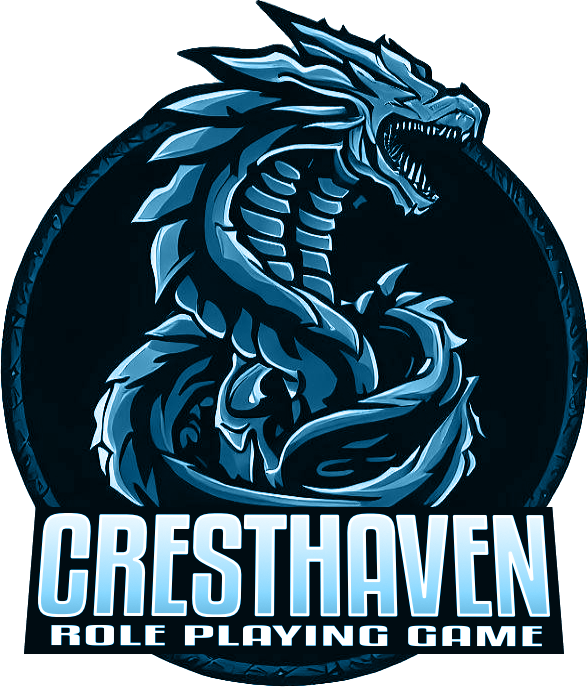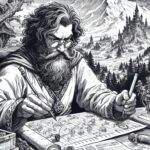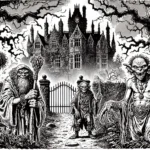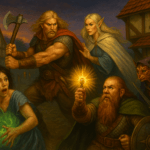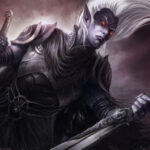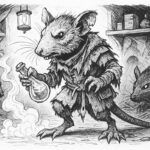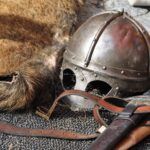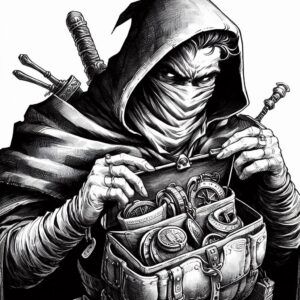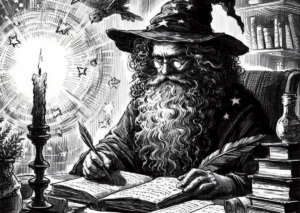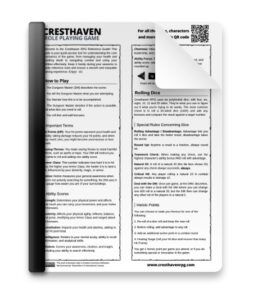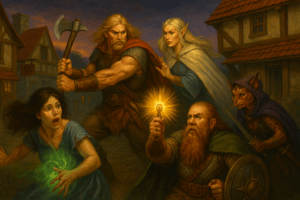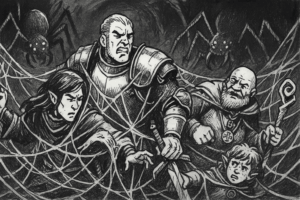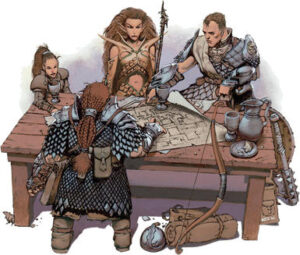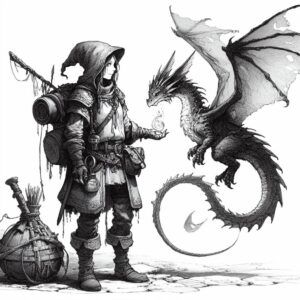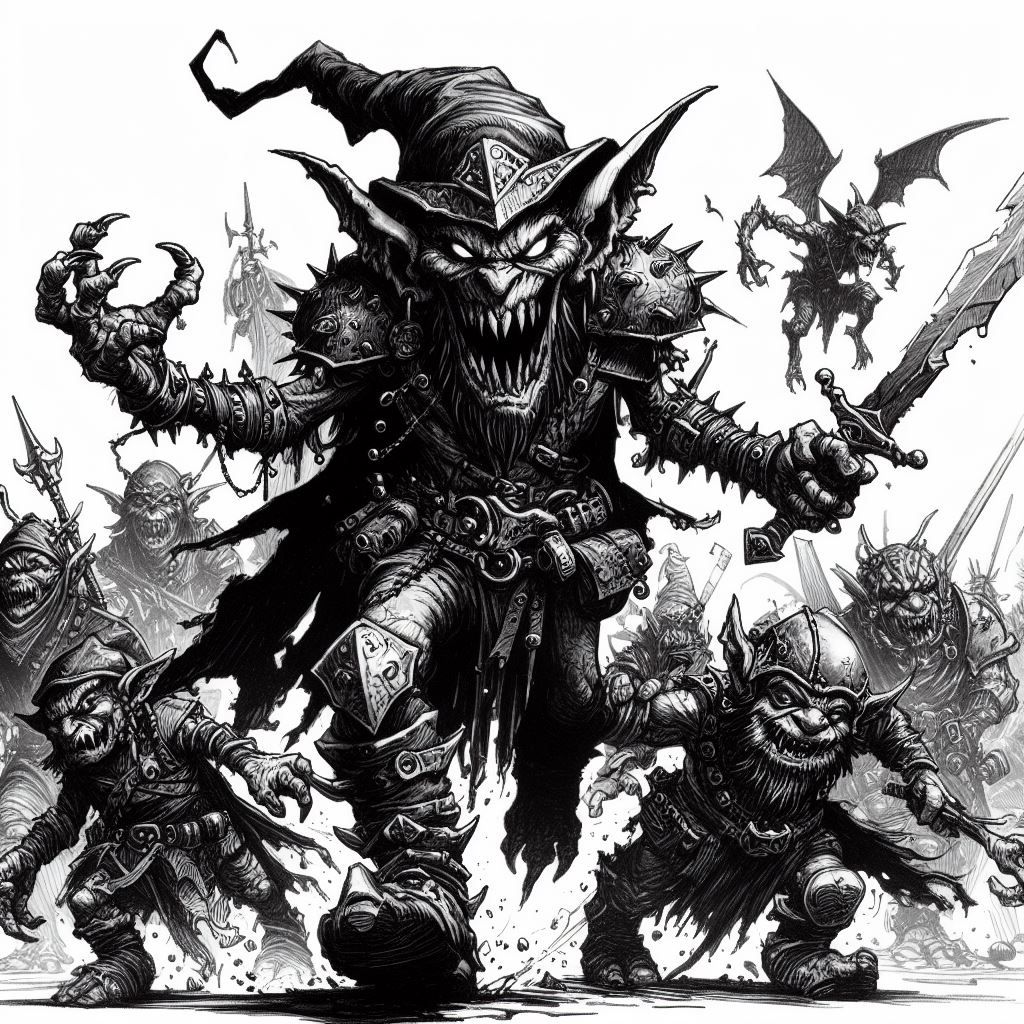
In crafting CresthavenRPG, I filled its world with a diverse array of inhabitants, including humans, elves, dwarves, and other fantastical races. However, one noticeable absence was the lack of monstrous options like goblins, orcs, or demons. This led me to ponder: why weren’t evil monster ancestries a fundamental aspect of CresthavenRPG?
From the outset, I made a conscious decision to anchor Cresthaven RPG firmly within the realm of classic heroic fantasy. This meant establishing a world where heroes unequivocally embodied goodness, while monsters were unequivocally evil. This choice was pivotal in creating a cohesive atmosphere throughout the game, allowing players to readily identify with their characters as champions of righteousness.
Yet, I harbored concerns about introducing playable evil monstrous ancestries and their potential impact on the established narrative. I imagined scenarios where valiant adventurers embarked on noble quests, only to find themselves accompanied by a goblin companion. Such situations risked undermining the core theme of heroism and stretching the bounds of credibility within the game’s universe.
Traditionally, monsters have been portrayed as agents of destruction and malevolence, often driven by their allegiance to dark deities or their innate predisposition towards chaos. This prevailing perception deeply influenced how the denizens of Cresthaven viewed these creatures. Consequently, introducing playable monsters traditionally associated with serving malevolent gods, such as goblins, who habitually engaged in acts of pillage and plunder, could potentially disrupt the established narrative coherence.
Ultimately, I decided to avoid this dissonance.
World-building and Balance
In most fantasy settings, monstrous races are often depicted as inherently destructive or evil. Granting them player character status meant I would need to do some significant world-building to justify their presence within adventuring parties. Any additions would need to integrate seamlessly with the established lore and themes, avoiding any dissonance.
Drawing on History
Monsters have a long history of being harbingers of chaos and destruction. I leaned into this established perception, shaping the attitudes and behaviors of Cresthaven’s inhabitants towards these creatures.
Meaningful Choices and Consequences
From the outset, I wanted Cresthaven RPG to emphasize the impact of character choices, particularly regarding ancestry selection. Players would need to consider how their character’s ancestry shaped their interactions with NPCs and the broader game world.
NPC Reactions: Reflecting the World’s Prejudices
I designed non-player characters to react according to the established lore and societal biases. Choosing a monstrous race might lead to distrust or hostility from NPCs, mirroring the ingrained prejudices within the game world. Villagers might clutch their belongings or bar the doors of their taverns. Law enforcement might be more suspicious, and quests may be harder to acquire due to ingrained biases.
Breaking Down Walls of Prejudices
Centuries of horrific acts by these monstrous races have left scars on society. The deep mistrust and hostility run far too deep to simply vanish overnight. Communities prioritize the safety of their own, shaped by generations who witnessed or endured the atrocities these creatures inflicted. We, with the benefit of time and distance, can only try to grasp the true horror they faced.
Heightened Scrutiny
I envisioned communities exhibiting heightened suspicion towards adventurers in general, due to past conflicts or threats. This animosity would be even more pronounced when adventurers belonged to races historically associated with harm or violence. The monstrous character might face constant accusations or even violence from those who see them as a threat.
Navigating Complexities
The interactions between adventurers and the communities they encountered were designed to be intricate and influenced by historical context and cultural perceptions. Overcoming ingrained biases would require patience, understanding, and a significant effort from the adventurers to demonstrate their goodwill. A community that was just pillaged by marauding orcs may not be patient in dealing with these atrocities.
Even “Near Monstrous” Races Face Skepticism
It’s worth noting that even races bordering on monstrous, like Catfolk, Draco, Faun, Ratlings, and Wolfin, are viewed with suspicion according to their ancestry backgrounds within the rules. This reinforces the pervasive prejudice towards creatures that deviate from the norm. You can choose to play up this fact or choose to ignore it completely. It depends on how you want this to play out at your game table. That being said, I think a game where the party starts in a Wolfin pack settlement could be great fun and a wonderful twist, but in that case, the non-pack members would need to prove themselves through their deeds.
Prejudice Runs Deep, Even Among “Good” Races
While Cresthaven focuses on a clear division between good and evil races, prejudice exists everywhere. Even the human or elf characters players choose might face suspicion in certain communities, depending on historical conflicts or cultural differences. After all, the real world is filled with examples of distrust between seemingly “good” groups.
For a literary example, look no further than the famed fellowship in The Lord of the Rings. Despite their shared goal of defeating Sauron, there’s a clear tension between the Elves (like Legolas) and the Dwarves (like Gimli) due to historical conflicts rooted in differing values and past grievances.
Real-world vs Fantasy
The prejudices depicted in the reactions of NPCs towards monstrous races in Cresthaven RPG are not mere reflections of real-world racism but rather a narrative device rooted in the game’s lore. The evil actions attributed to these races extend beyond traditional racism as experienced in real society, involving recent in-game experiences with demons or goblins committing heinous acts beyond the understanding of ordinary humans – scaring society. This is a deeply complex issue and one that won’t be solved in a pretend game.
Using Monsterous Ancestries
While the fantasy world crafted a world for Cresthaven RPG fully embraced the classic heroic fantasy experience, the allure of playing a monstrous character is undeniable! The chance to embody a creature traditionally seen as monstrous and explore their motivations can be enjoyable.
So, if you’re a CresthavenRPG GM who’s open to shaking things up, here’s why you might consider allowing monster ancestries at your table:
Unique Roleplaying Opportunities
Imagine a reformed orc warrior seeking to atone for their clan’s past misdeeds, or a demonkind warlock who wields their infernal heritage for good – although one could argue that the “good” was the means to a demonic end. These concepts can lead to rich character development and exploration of moral complexities.
World-Building Potential
Including monster characters can prompt you to develop a more nuanced world. Perhaps there are factions or societies within Cresthaven that are more accepting of these races.
The Final Verdict: It’s Your Game, Do What You Want!
Monster ancestries can add a layer of complexity and depth to your CresthavenRPG campaign. However, it’s important to be upfront with players about the challenges they’ll face. This approach can lead to truly memorable characters and a more nuanced world – but be prepared for a bumpy ride!
Would you allow monster ancestries in your CresthavenRPG game? How would you handle the social and mechanical challenges they present? Share your thoughts in the comments below!
Discover more from Cresthaven RPG
Subscribe to get the latest posts sent to your email.
